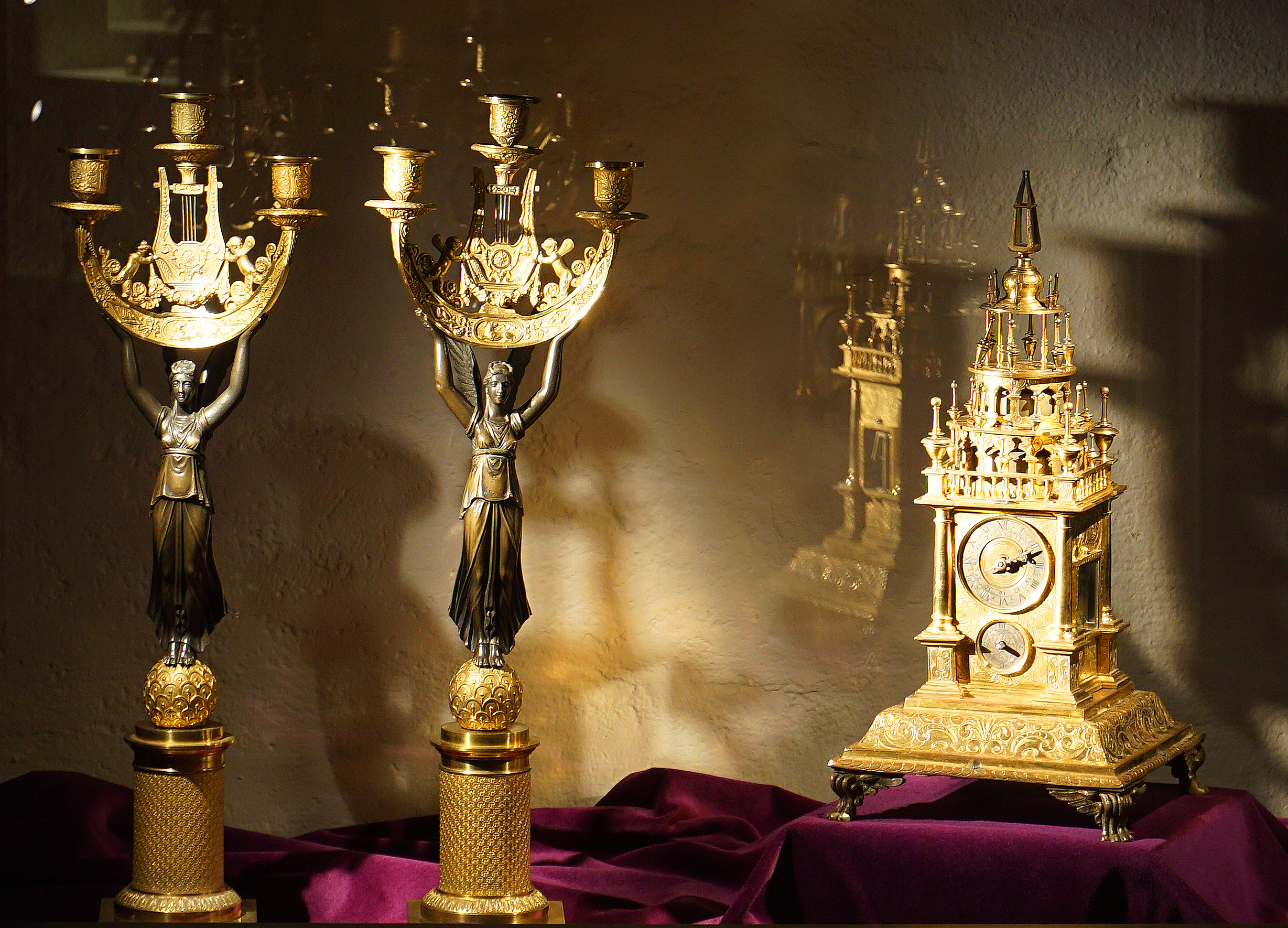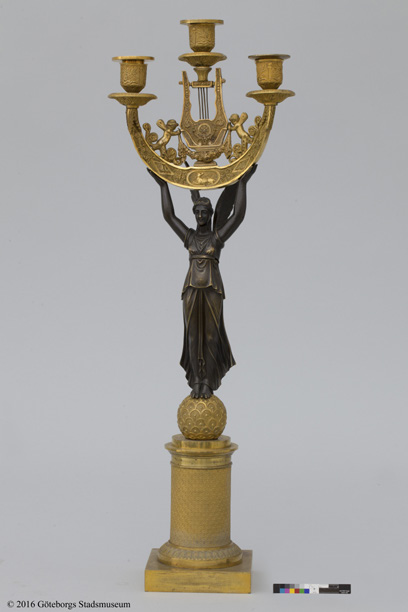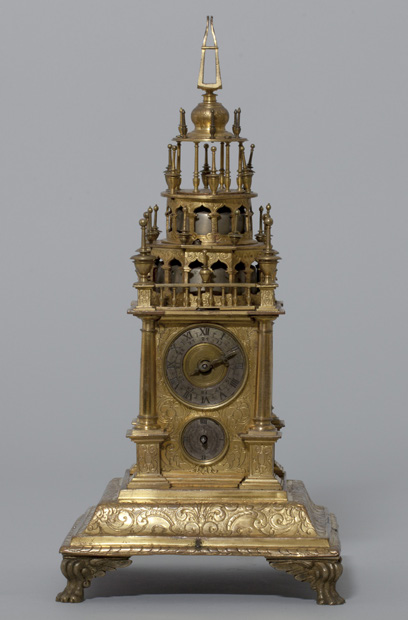
The table clock from the late 1600s and the candelabras from the early 1800s are fire gilded. This was a technique used to gild objects. The surface was painted with mercury and gold. When the mixture was heated up to be worked on, the mercury produced poisonous fumes, which caused the artisans to become ill or even die.
Human value is about the fact that everyone is of equal value whoever they are or wherever they come from. But throughout history humans have exploited other humans, animals and land areas in their hunt for power, wealth and status. In Sweden, too, artisans have paid with their lives for producing objects, for example when doing fire gilding. The method was banned in the mid-1800s.
This act can be seen as an early Swedish example of workplace environment legislation – or as an example of the low value placed on the workforce. It was cheaper to keep skilled artisans alive than to train new ones. In France in the 1700s, for example, prisoners could work with fire gilding in order to shorten their sentence.

6201
Fire gilded candelabras
Two fire gilded (ormolu) candelabras made in about 1820 to 1830. Each candelabra is for three candles.

6202
Fire gilded table clock
A tall table clock with a fire gilded (ormolu) surface. It is standing on four feet and looks like a tower with columns at the corners and a balcony in the middle.